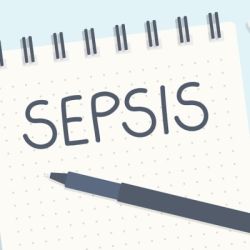In December 2017, angiotensin II (ATII) intravenous infusion gained approval in the U.S. for treating septic or other distributive shock in adults. This approval was based on results from a phase II clinical trial which showed higher mean arterial pressure in septic shock patients on norepinephrine, who were randomly assigned to titrated ATII compared to placebo. However, the adoption and usage of ATII in clinical practice remain uncertain.
This study aimed to investigate the utilisation of ATII in critically ill adults undergoing vasopressor therapy. The study included patients admitted to ICUs from January 1, 2018, to December 31, 2020, who received intravenous medications with vasopressor effects such as ATII, epinephrine, norepinephrine, phenylephrine, or vasopressin.
The primary outcome was the administration of ATII during the hospital stay. Secondary outcomes included the quantity and duration of vasopressor use and the timing of ATII administration in relation to other vasopressors.
A total of 1,040,581 patients from 520 hospitals were included in the analysis. Of these, 2,019 patients were administered ATII. ATII administration increased gradually from 0% of patients in January 2018 to 0.2% in December 2020. The majority of hospitals did not use ATII. 17.1% of the hospitals that used ATII, the proportion of patients receiving it was relatively low.
The median duration from the start of receiving vasopressors to receiving ATII was 1 day. Patients receiving ATII were prescribed more total vasopressor medications and for longer periods. These patients also had a higher in-hospital mortality rate.
In a subset of the cohort comprising 389,288 patients who received vasopressors for at least two consecutive days, 1,800 patients were administered ATII. The length of hospital stay was longer in those who received ATII and were discharged alive, but this difference was not evident among patients who died in the hospital.
The administration of ATII was found to be associated with younger age, fewer comorbid conditions, white racial background, Medicare or private insurance, and higher severity of illness. Also, the hospital where a patient was admitted had a more significant association with receiving ATII than any other factor in the model.
ATII use in patients with septic shock was approximately double the use in the primary cohort and its usage also increased over time. The individual hospital of admission exerted the strongest influence on ATII usage.
Source: Annals of the American Thoracic Society
Image Credit: iStock


















